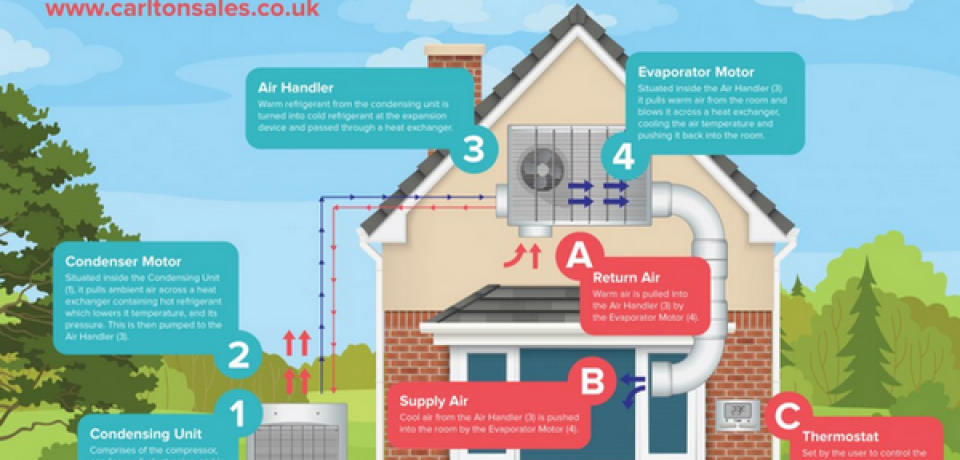How To Troubleshoot Common Heating And Cooling Troubles In Your House
How To Troubleshoot Common Heating And Cooling Troubles In Your House
Blog Article
Write-Up Writer-Templeton Lauritsen
Imagine getting back on a scorching summer season day, just to find that your cooling is not functioning. Aggravating, right? Do not stress, you can repair common a/c problems in your house.
This article will assist you via the procedure of recognizing and fixing airflow problems, along with repairing temperature level control troubles.
So, get your devices and prepare to become your own cooling and heating hero.
Understanding Cooling And Heating System Essential
To recognize the HVAC system fundamentals, you must recognize how it runs and what components comprise the system.
The cooling and heating system, which represents Heating, Ventilation, and A/c, is accountable for preserving a comfortable indoor setting. It functions by controlling the temperature level, humidity, and air high quality in your home.
The major elements of a HVAC system include the heating system or heatpump, air conditioner, ductwork, thermostat, and air filters. The heater or heat pump is accountable for heating the air, while the a/c cools it down.
The ductwork disperses the conditioned air throughout your home, and the thermostat permits you to manage the temperature. Finally, you can find out more aid to eliminate dirt, plant pollen, and other fragments from the air.
Comprehending service pros plumbing heating and cooling will help you troubleshoot usual HVAC troubles and guarantee your system runs effectively.
Identifying and Fixing Air Flow Issues
To fix air flow issues in your home, you ought to start by checking for blocked air filters and obstructed vents. Blocked air filters can limit the flow of air, triggering your cooling and heating system to function more difficult and much less effectively. https://squareblogs.net/timmy51andre/understanding-cooling-and-heating-service-professional-tips-and-techniques to consistently clean or change your air filters to guarantee proper airflow.
Additionally, obstructed vents can likewise hinder airflow throughout your home. See to it that all vents are clear of any type of blockages such as furniture, curtains, or debris. If you observe any kind of vents that are closed or partly shut, open them up to allow for much better airflow.
One more common concern that can affect airflow is leaking air ducts. Examine your ductwork for any type of leaks or voids and secure them properly to improve airflow and power efficiency.
Fixing Temperature Level Control Issues
If you're experiencing temperature control issues in your home, inspect both the thermostat and the heating and cooling system for any kind of problems.
Beginning by inspecting the thermostat settings to ensure they're set correctly. Occasionally, the temperature level might be established too expensive or as well reduced, triggering the cooling and heating system to not operate properly. If the settings are appropriate, check the thermostat for any kind of physical damages or loosened connections.
Next off, inspect the a/c system for any noticeable concerns. Look for leakages, stopped up filters, or obstructed vents that could be impacting the temperature level control. Furthermore, make certain the system is getting power and the circuit breaker isn't tripped.
If you're incapable to identify or take care of the problem, it's best to call a professional cooling and heating specialist for additional support.
Verdict
So, there you have it! By understanding the essentials of your cooling and heating system and repairing usual troubles like air flow issues and temperature control issues, you can keep your home comfy throughout the year.
For example, allow's claim you notice that some rooms in your residence are continually warmer than others. By looking for blocked vents or adjusting the dampers, you can make certain that the air flow is well balanced and every space goes to the preferred temperature level.
